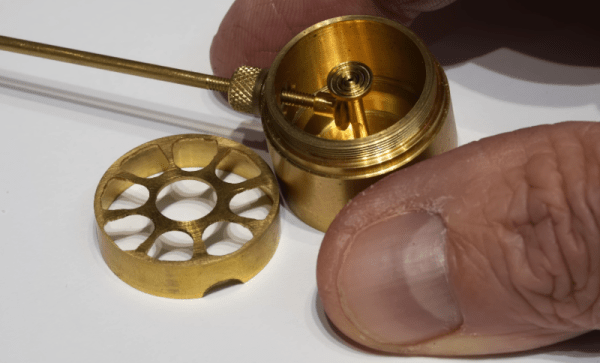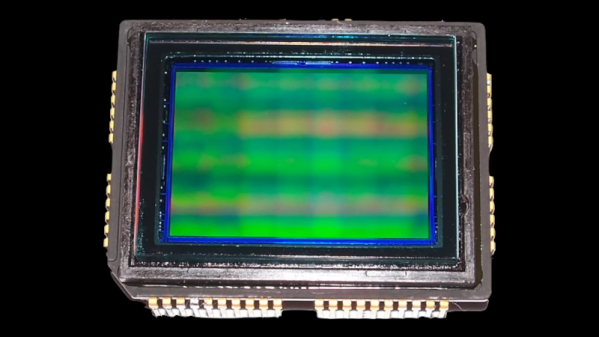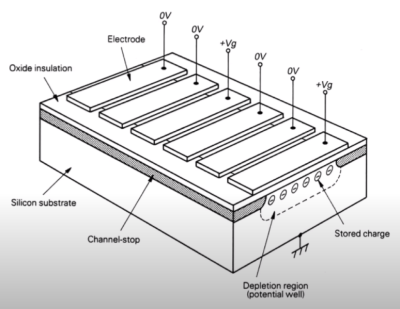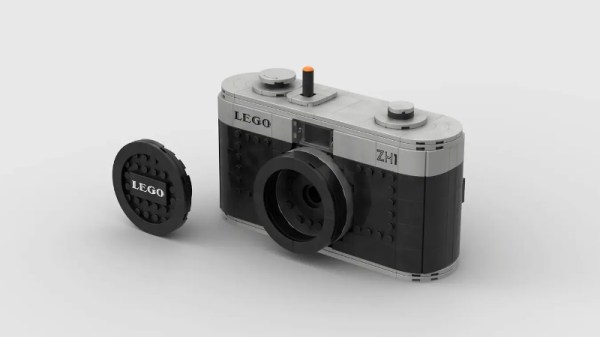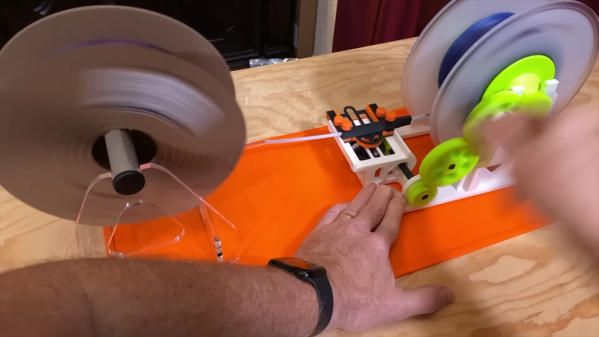[Machining and Microwaves] got an interesting request. The BBC asked him to duplicate the Great Seal Bug — the device the Russians used to listen covertly to the US ambassador for seven years in 1945. Turns out they’re filming a documentary on the legendary surveillance device and wanted to demonstrate how it worked.
The strange thing about the bug is that it wasn’t directly powered. It was actually a resonant cavity that only worked when it was irradiated with an external RF energy. Most of the video is background about the bug, with quite a few details revealed. We particularly liked the story of using a software defined radio (SDR) to actually make the bug work.
As you might expect, things didn’t go smoothly. Did they ever get results on camera? Watch the video, and you can find out. This is just the first of six videos he plans to make on the topic, and we can’t wait for future videos that cover the machining and more technical details.
We’ve examined the Theremin bug before. There’s a definite cat-and-mouse dynamic between creating bugging devices and detecting them.
Continue reading “Recreating One Of History’s Best Known Spy Gadgets”

